Curtain Creeper Plant
Original price was: ₹449.00.₹149.00Current price is: ₹149.00.
1 in stock
Selling size: Well-rooted plant | 2.5″ Pot Included
Description
Provide green natural curtain for your compound walls also. It is a creeper which finds best to decorate compound wall.
What makes it special:
- One of the best attractive evergreen climber plants.
- Low maintenance plant.
- Perfect plant for outdoor garden decoration and for live fencing.
One of the most attractive vines, botanically known as Tarlmounia elliptica and belongs to the family Asteraceae. Leaves are alternate, shortly petiolate, oblong to elliptic. Vernonia creeper provides deep green cover to most of the object.
The slender stems climb up and then fall down beautifully over a wall or railing and gives a live green fencing effect. The tender stems, all hanging down, form a curtain, hence the name Curtain creeper. This beautiful foliage plant, grown primarily for its habit of forming a lush green curtain on walls. This creeper is easy to grow and is commonly seen hanging over walls in cities.
Plant Specifications
| Plant Height | 12 inch (30 cm) |
| Plant Spread | 5 inch (13 cm) |
| Common Name | Curtain creeper, Vernonia creeper, Parda bel |
| Maximum Reachable Height | 1 to 1.5 meter |
| Flower Colour | Yellow, orange, red, pink, white |
| Bloom Time | February to March |
| Difficulty Level | Easy |
Planting And Care
Refer our Garden Guide for detailed procedures and meanings of words related to gardening.
Light Requirement
- At least 3-6 hours of preferably morning sunlight a day is ideal for plant to grow well and natural indirect bright light for the rest of the day.
Soil
- The soil should be well drained and fertile, rich in organic content for growing curtain creeper plant.
Watering
- Poke your finger/plain small stick into the soil to check the moisture.
- Apply 1 cup (Approx. 50 ml) water when top soil (1-2 inches) in pot feels dry to touch.
- As rule of thumb, Water the plant thoroughly in the summer and reduce watering in winter and rainy season.
- Do not over-water the plant.
- Apply water preferably in morning or evening.
Application of Fertilizer
- Loosen the topsoil without disturbing the roots of the plant so it can uptake the nutrients and moisture easily.
- During the main growing season feed the plant with organic fertilizer once a month (Oct-Jan).
- Apply water immediately after application of fertilizer.
Re-potting
- When a plant outgrows in current pot, re-pot with fresh potting soil and some fertilizer.
- Do the re-potting late evening and keep the plant in shady area for 2 to 3 days and then move the plant in its suitable growing condition.
For re-potting procedure click here
Plant Protection
- Remove dead, infected or damaged plant parts and dispose them away from the planting area.
- Spray Neem, Eucalyptus or Citrus oil for any insect/pest attack, as a primary treatment.
Donts
- Do not over water the plant especially when pot does not have drainage holes.
- Avoid applying water on flowers and leaves it may cause fungus infection.
Curtain Creeper Care
Initial care for 1-2 weeks after receiving plant at your location:
- Keep the plant in natural indirect bright Light.
- Poke your finger/plain small stick into the soil to check the moisture.
- Apply 1 (Approx. 50 ml) water when top soil (1-2 inches) in pot feels dry to touch.
- Do not re-pot for min. 2 weeks after receiving it.
Key requirements to keep plant healthy:
| Sunlight | Natural direct 3-6 hours of morning sunlight and natural indirect bright light for the rest of the day. |
| Watering | Apply 1 cup (Approx. 50 ml) when top soil (1-2 inches) in pot feels dry to touch. |
| Soil | Soil should be well drain and fertile, rich in organic content. |
| Temperature | 25 to 30 degree Celsius |
| Fertilizer | Apply any organic fertilizer once a month (Jan-Feb). |
Curtain Creeper Special Feature
The varieties are used for live fencing instead of concrete or in containers or window boxes. Taller varieties in borde Excellent in cutting gardens for both fresh cut and dried flowe
Curtain Creeper Uses
Ornamental Use:
- The plant is used for an ornamental purpose
2 reviews for Curtain Creeper Plant
Only logged in customers who have purchased this product may leave a review.
You may also like…
-
Cat’s Claw Creeper Plant
Original price was: ₹450.00.₹149.00Current price is: ₹149.00.Add to cartSelling size: well-rooted plant | 2.5″ Pot Included Growing a cat’s claw vine is easy. The problem usually isn’t so much keeping it alive as keeping it in check. Cat’s claw plants spread through underground tubers and can often pop up out of the ground in unexpected spots. The best way to prevent spreading is …

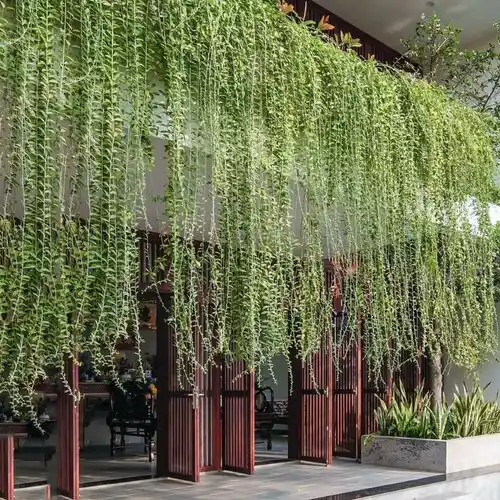
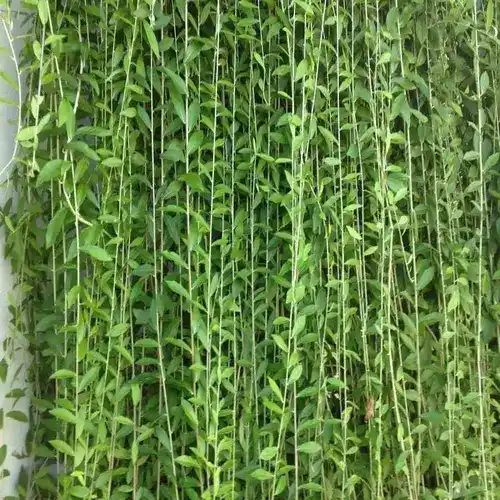
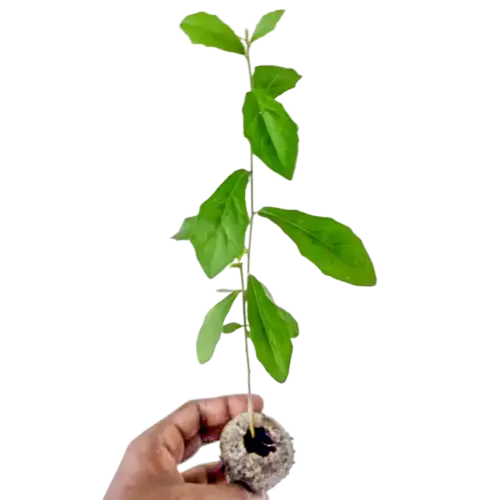
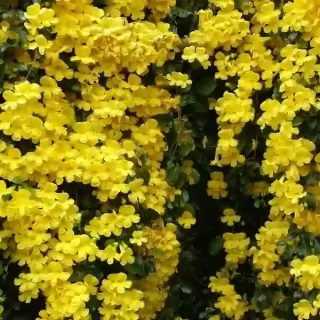
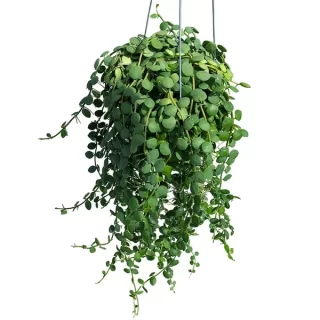
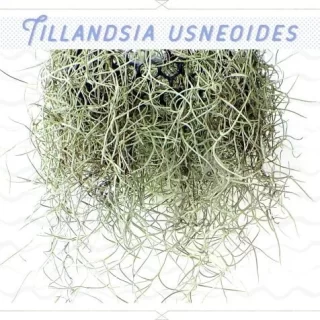
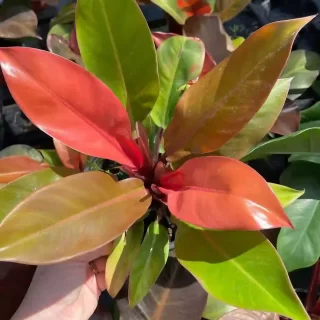
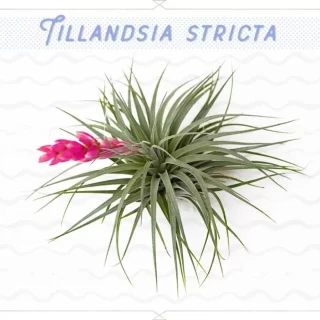
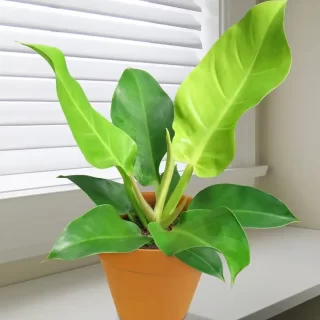
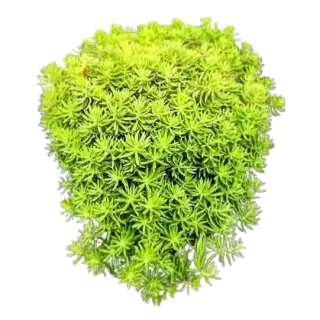
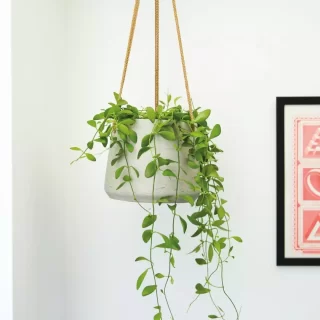
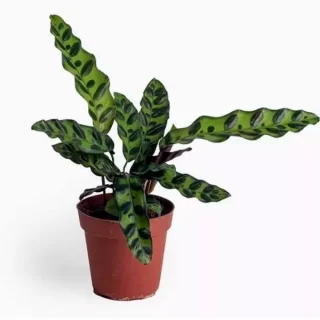
 If you need any assistance, I'm always here. Have you found what you were looking for?
If you need any assistance, I'm always here. Have you found what you were looking for?
Bernard –
How is it possible to give at this price? I have searched for this plant everywhere! Finally, I got them from your Jiffy Plants at the best price. Thank you so much, Adwin. You are doing a great job. I will order more soon.
Sona praveen –
Nice collections